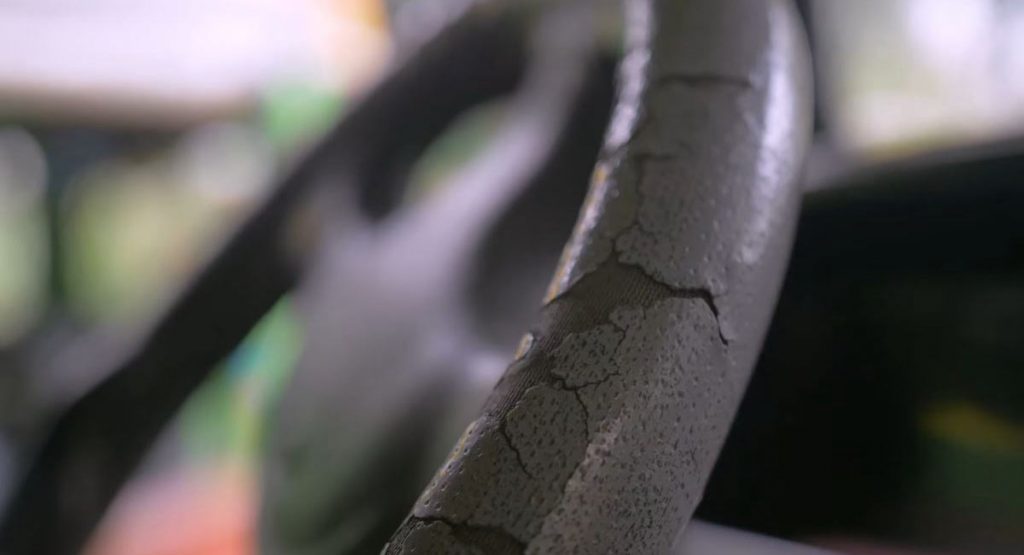Now that summer is (finally!) here, people are going to start using sun lotion and hand sanitizers lots more. Which are good for our health, but, as Ford points out, bad for that our cars.
Chemicals found in these products can apparently react with certain surfaces, causing them to wear out prematurely unless they also feature some type of special protective finish. As it so happens, Ford engineers are on top of this issue.
“From hand sanitizers to sun lotions to insect repellent, consumer trends are constantly changing, and new products are coming on to the market all the time,” said Ford of Europe senior materials engineer, Mark Montgomery. “Even the most innocuous seeming product can cause problems when they come into contact with surfaces hundreds and even thousands of times a year.”
Curious what the numbers are? Research shows that the European market for hand sanitizers, including gel, foam and wipers (many of which contain ethanol), is expected to go up by 60% from $371.92 million last year to $593.62 million by 2024.
Then you have sun lotions that contain greater quantities of titanium oxide, which can react with plastics and natural oils that are found in leather, especially when in hot temperatures. Meanwhile, diethyltoluamide is the most common active ingredient in insect repellents.
Also read: Ford Is Getting Ready To Invade Europe With New Ranger Raptor
Ford engineers will run tests at temperatures as high as 74°C (165 F) and in some cases, they even simulate exposure to the sun, launching ultra-violet light rays at a car’s interior.
Plastics are also tested for strength at temperatures as low as -30°C (- 22 F) – here, a rubber ball is bounced repeatedly off the materials to make sure they don’t crack. Oh and that rubber ball weighs ten times more than a regulation football.
“Sometimes what we do requires a bit of detective work,” said Richard Kyle, a materials engineer. “There were instances of particularly high wear in Turkey and we managed to trace it back to ethanol potentially being a contributing factor, and most likely a popular hand sanitiser that contained 80 per cent ethanol – far higher than anything we’d seen before. Once we knew what it was, we were able to do something about it.”
In the end, what matters is that the chemical constitution of protective coatings can be reformulated so that car interiors receive more protection.
Can’t help to wonder, though: if all those chemicals can ruin things like plastics and leather upholstery, what do they actually do to our skin and health?




